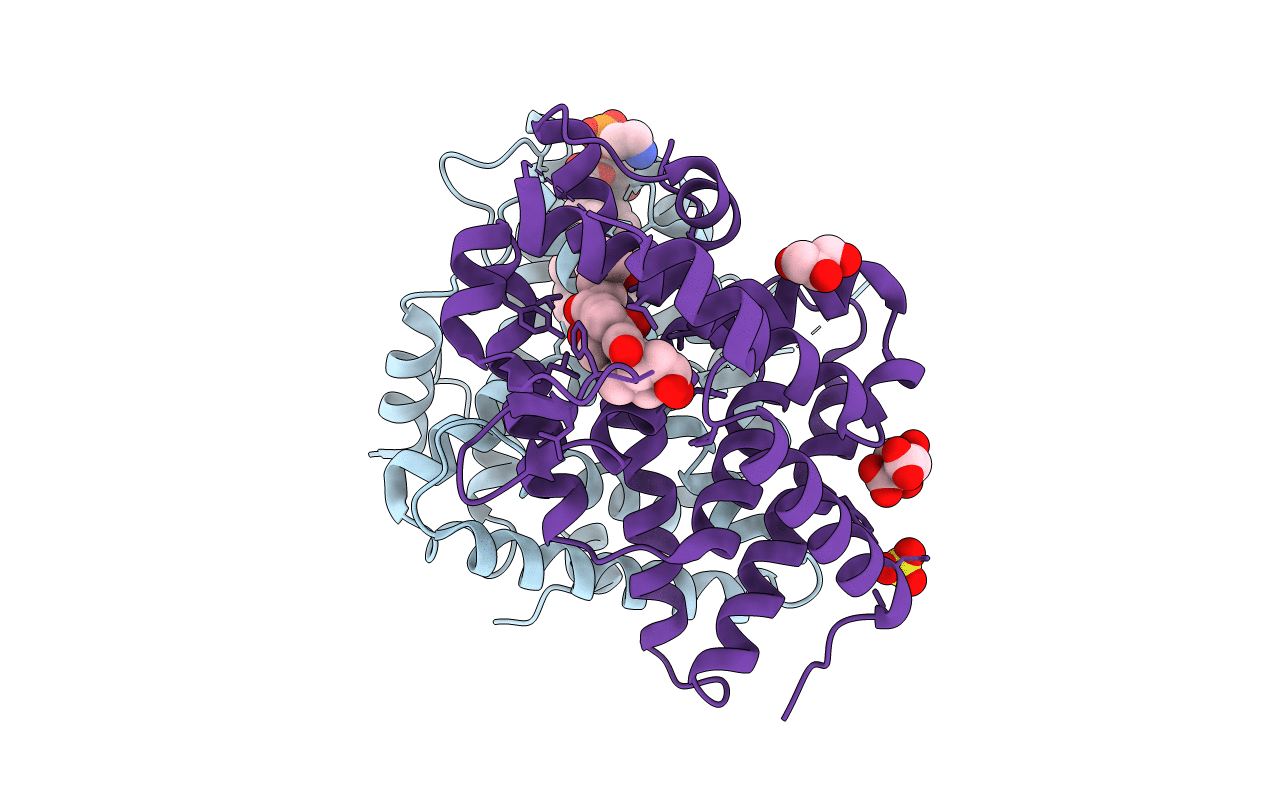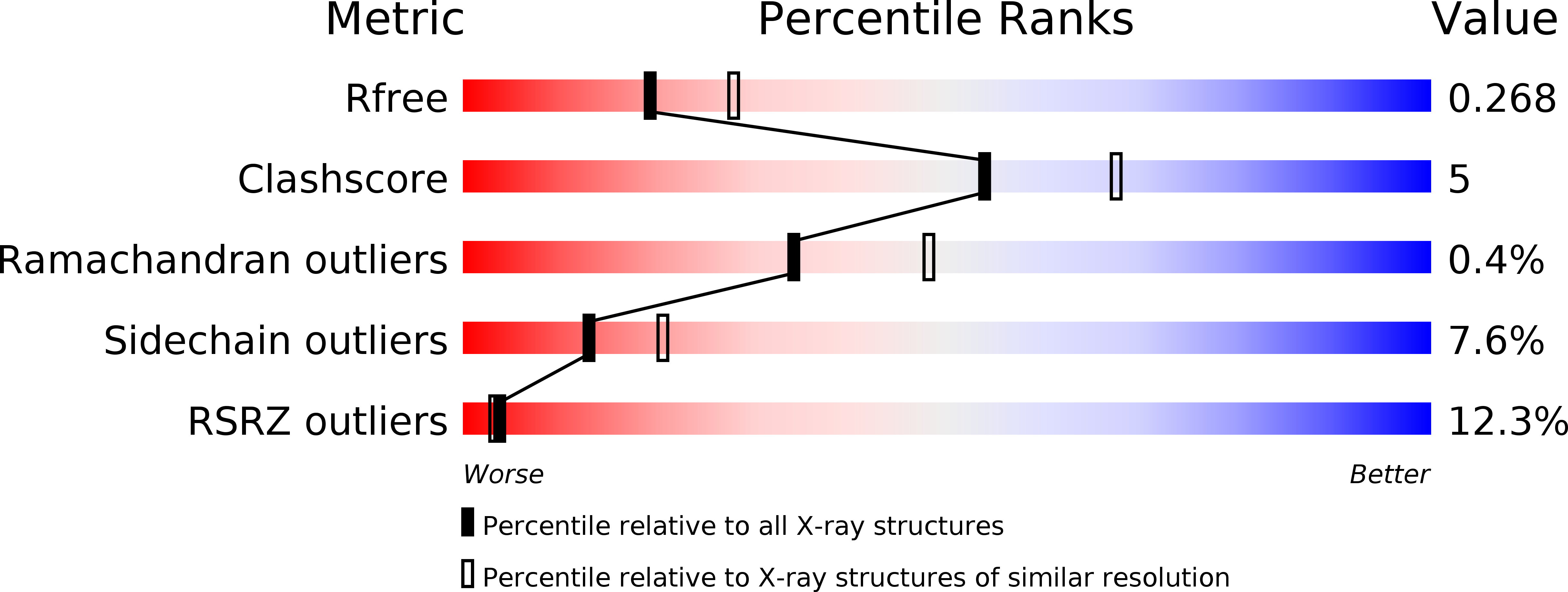
Deposition Date
2007-08-30
Release Date
2007-10-02
Last Version Date
2024-02-21
Entry Detail
Biological Source:
Source Organism:
Heliothis virescens (Taxon ID: 7102)
Host Organism:
Method Details:
Experimental Method:
Resolution:
2.40 Å
R-Value Free:
0.28
R-Value Work:
0.22
R-Value Observed:
0.23
Space Group:
P 31 2 1


